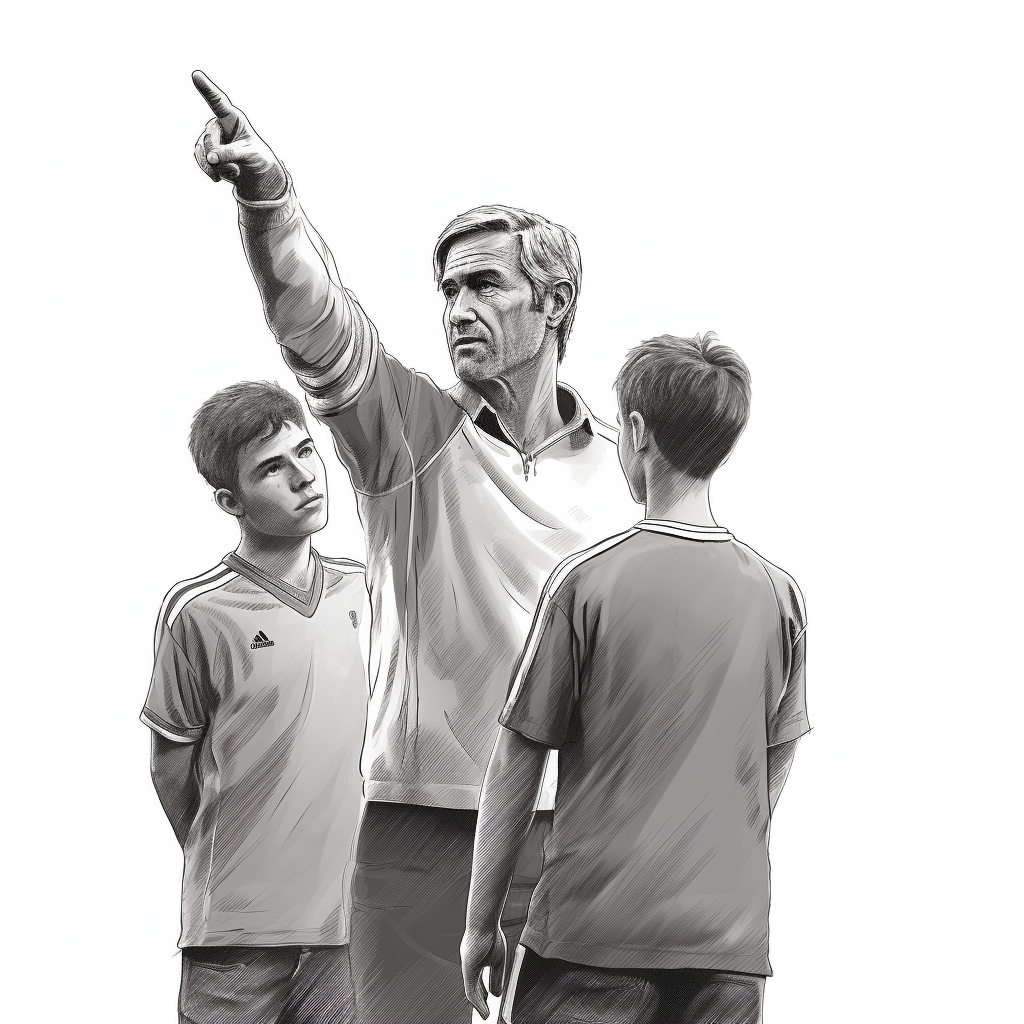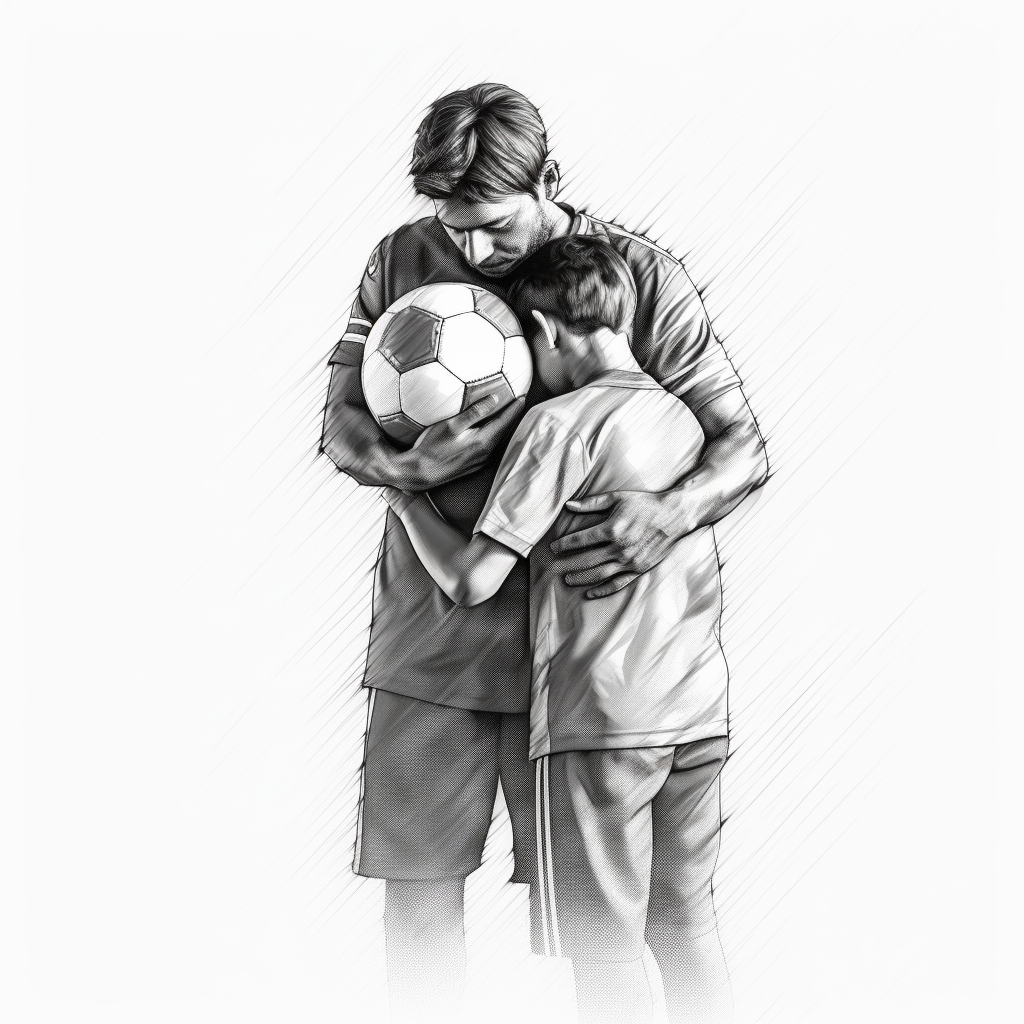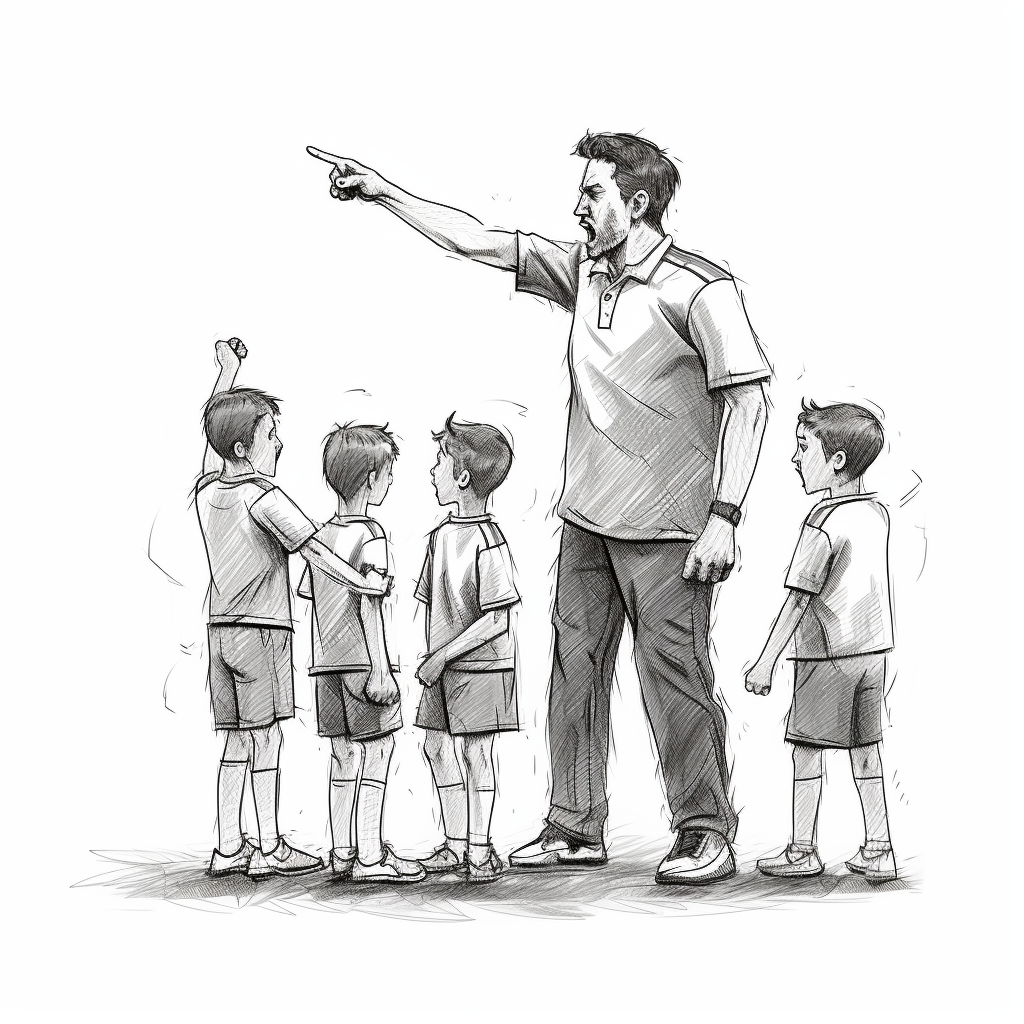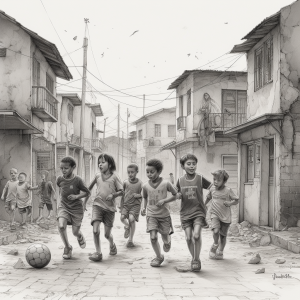Why Are We Talking About Coaching Abuse in Soccer?
Let’s face it…
Soccer, or football as it’s known in Europe, isn’t just a game.
It’s a global passion, a universal language that unites millions.
But beneath the surface of this beautiful game lies a disturbing reality – coaching abuse.
You might be wondering, “Is this really a widespread issue?”
The answer, unfortunately, is a resounding yes.
Coaching abuse in kids soccer is more common than we’d like to admit, and it’s time we bring this issue into the spotlight.
What Does Coaching Abuse in Soccer Look Like?
Picture this…
A young, enthusiastic player steps onto the field, eyes shining with dreams of becoming the next soccer superstar.
But instead of encouragement and guidance, they face a nightmare – a coach who uses fear, intimidation, and even humiliation as coaching tactics.
Coaching abuse isn’t just about the occasional harsh word or tough love.
It’s about a pattern of behavior that includes verbal, emotional, and sometimes even physical abuse.
It’s coaches who scream insults, threaten players, or push them to the brink of injury.
It’s a toxic environment where winning is placed above well-being.

How Does Coaching Abuse Affect Players?
The impact of coaching abuse on players is profound and far-reaching.
Imagine being constantly belittled or living in fear of making a mistake.
This toxic environment can lead to anxiety, depression, and a shattered self-esteem.
It can kill a player’s love for the game and, in severe cases, leave lasting psychological scars.
But it’s not just about mental health.
Abusive coaching can also lead to physical harm. Players pushed beyond their limits are at a higher risk of injuries, some of which can be career-ending or even life-altering.
Are There Warning Signs of Abusive Coaching?
Yes, and it’s crucial for parents, players, and clubs to be aware of them.
Warning signs include coaches who regularly yell or curse at players, use humiliation or show a lack of concern for player safety. It’s also a red flag when a coach has a history of leaving clubs under a cloud of complaints.
But here’s the tricky part…
Some signs of abuse aren’t as obvious.
It might be subtle comments that undermine a player’s confidence or an excessive focus on winning at all costs.
That’s why it’s essential to keep an open line of communication with young players and to watch for changes in their attitude towards the game.

What Can Be Done to Combat Coaching Abuse in Soccer?
This is where we need a game plan.
First…
Soccer organizations at all levels must establish clear policies against coaching abuse. This includes setting standards for coach behavior and creating a safe way for players to report abuse.
But policies alone aren’t enough.
We need a cultural shift.
This means training coaches not just in tactics and skills, but in positive coaching methods that emphasize respect, encouragement, and player well-being.
And let’s not forget the role of parents and players.
They must be empowered to speak up against abusive behavior and to choose clubs and coaches that prioritize a healthy, positive environment.
How Can Parents and Players Recognize a Good Coach?
A good coach is like a skilled conductor.
They bring out the best in their players, creating harmony on the field.
They focus on developing skills, fostering teamwork, and encouraging a love for the game.
They celebrate effort, not just results, and treat each player with respect and dignity.
But how can you tell if a coach fits this description?
Look for coaches who communicate openly, set clear expectations, and provide constructive feedback.
A good coach is someone who players respect, not fear.
What Should You Do If You Suspect Coaching Abuse?
If you suspect coaching abuse, it’s crucial to take action.
Start by documenting specific incidents and speaking with other parents or players to see if they share your concerns.
Then, approach club officials with your evidence.
Remember, it’s not just about protecting your child – it’s about safeguarding all players.
But what if the club doesn’t take your concerns seriously?
It might be time to escalate the issue to higher authorities, such as local sports councils or soccer associations.

Can Soccer Ever Be Free of Coaching Abuse?
This is the million-dollar question.
The road to a soccer world free of coaching abuse is long and challenging, but it’s not impossible.
It requires a collective effort from clubs, coaches, players, parents, and governing bodies.
It demands a shift in how we view coaching and a commitment to prioritizing player welfare over winning.
Creating a Culture of Fear: Recognizing the Red Flags in Soccer Coaching
Recognizing signs of abusive coaching in soccer is crucial for the safety and well-being of young athletes.
Here are 10 signs that may indicate a soccer coach’s behavior is abusive:
Excessive Yelling or Screaming: Constantly yelling at players, especially in a demeaning or intimidating manner, rather than providing constructive feedback.
Physical Abuse: Any form of physical harm, including hitting, pushing, or forcing players to train in ways that are harmful to their bodies.
Emotional Manipulation: Using tactics like humiliation, belittling, or guilt-tripping to control or demean players.
Overworking Players: Ignoring the physical limits of young athletes, leading to overtraining, exhaustion, or injury.
Neglecting Player Safety: Failing to create a safe playing environment, ignoring injuries, or not allowing proper rest and recovery.
Inappropriate Behavior: Engaging in behavior that is not suitable for a coach-player relationship, including favoritism, discrimination, or any form of harassment.
Lack of Respect for Boundaries: Invading personal boundaries of players, such as inappropriate contact or communication outside of soccer-related activities.
Using Fear as Motivation: Employing fear tactics, such as threatening to remove playing time, to manipulate or control players.
Isolation Techniques: Intentionally isolating players from teammates or support systems as a form of punishment or control.
Undermining Self-Esteem: Consistently making negative comments that diminish a player’s self-esteem or confidence, rather than focusing on positive reinforcement and constructive criticism.
If you or someone you know is experiencing such signs, it’s important to speak up and report the behavior to the appropriate authorities within the sports organization or seek external help.
Creating a safe and supportive environment is essential for the healthy development of young athletes.

Final Thoughts
Coaching abuse in soccer is a serious issue that requires our immediate attention.
It’s about protecting the dreams and well-being of countless young players who step onto the field each day.
By recognizing the signs of abuse, advocating for positive coaching, and holding abusers accountable, we can help ensure that soccer remains not just a beautiful game, but a safe and nurturing one too.
Remember, change starts with awareness and action.
Frequently Asked Questions
Q: What’s the difference between tough coaching and abusive coaching?
A: Tough coaching can be demanding but is always respectful and focused on player development. Abusive coaching crosses the line into disrespect, humiliation, and harm.
Q: Can coaching abuse happen at all levels of soccer?
A: Yes, coaching abuse can occur at any level, from grassroots youth leagues to professional clubs.
Q: What role do soccer associations play in preventing coaching abuse?
A: Soccer associations are crucial in setting standards, providing education, and enforcing policies against coaching abuse.
Q: How can I help create a positive coaching environment?
A: Be an advocate for positive coaching practices, support coaches who prioritize player well-being, and speak up against abusive behavior.
“May the winds of destiny blow you to the stars”




Leave a Reply